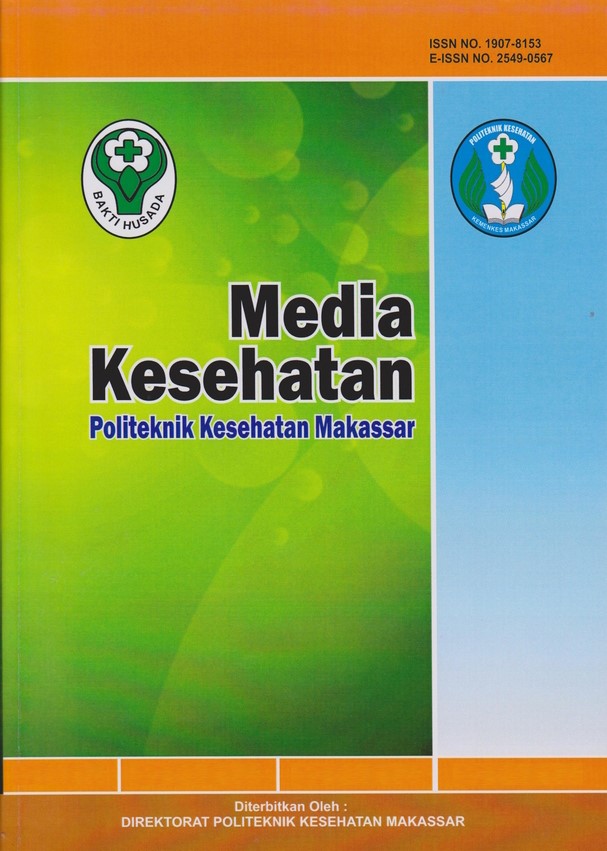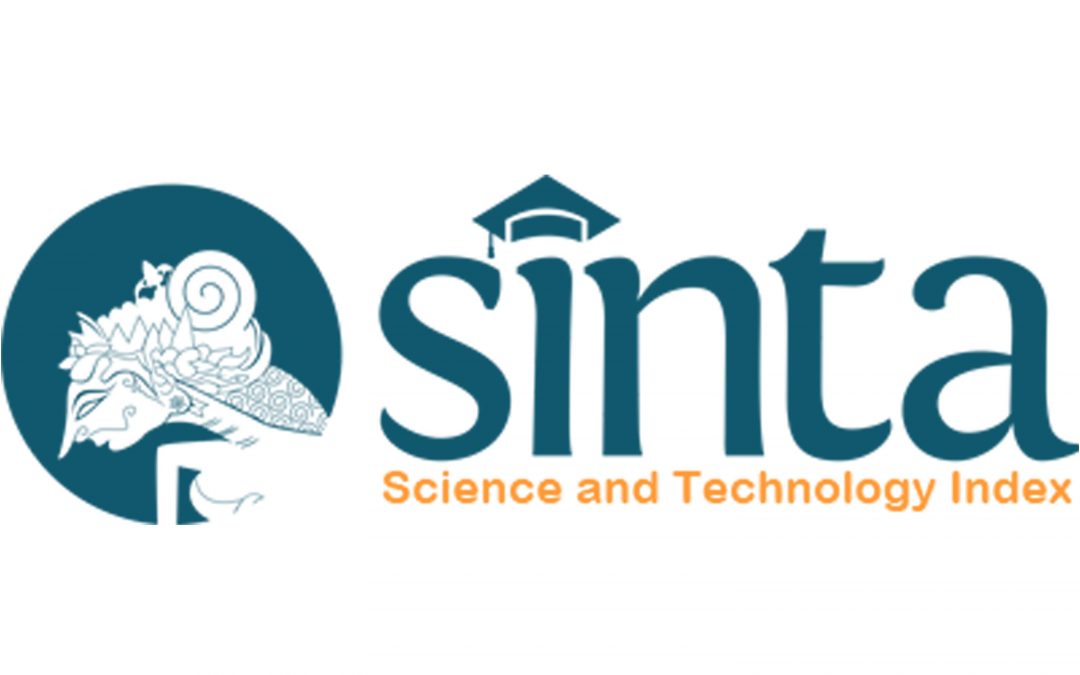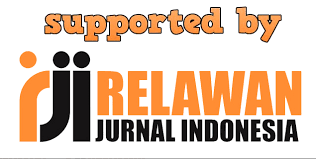The Relationship of Perceived Severity with BABS Behaviour in Coastal Communities of District Takalar in 2024
DOI:
https://doi.org/10.32382/medkes.v19i1.654Keywords:
Perceived; Severity; Coastal CommunityAbstract
The 2010 Riskesdas results show that 24.7% of the population defecates in open areas and 11.7% defecates in holes in the ground. Meanwhile, access to sanitation includes ownership/use of toilets, type of toilet and final disposal of feces at 55.5%. The aim of this research was to determine the relationship between Perceived Severity and defecation behavior. The research method used was quantitative, cross sectional study design, the sampling technique used probability sampling with a simple random sampling approach, the number of research respondents was 161 respondents. Data collection was carried out by interviews and observations. The data analysis method was carried out using bivariate tests and Chi-Square correlation tests. The research results show that the perceived severity variable is related to defecation behavior, this is indicated by a maximum of 72.7% positive statements, this is because people realize that defecating in the river is wrong behavior, defecating in the river will also make the surrounding environment polluted and mixed with feces. Humans contain many disease-causing germs. The results of the chi-square test analysis show P Value = 0.000, which means there is a relationship. The conclusion in the research is that there is a relationship between Perceived Severity and Open Defecation behavior in the Coastal Community of Takalar Regency where all respondents based on perceived severity (vulnerability) show that they have sufficient perception. Keywords: Perceived, Severity, Coastal Community
References
Adzura, M., Fathmawati, & Yulia. (2021). Hubungan Sanitasi, Air Bersih dan Mencuci Tangan Dengan Kejadian Stunting Pada Balita di Indonesia. Jurnal Sulolipu: Media Komunikasi Sivitas Akademika Dan Masyarakat, 21(1), 79–89.
Ahyanti, M., & Rosita, Y. (2022). Determinan Diare Berdasarkan Pilar Sanitasi Total Berbasis Masyarakat. Jurnal Kesehatan Lingkungan Indonesia, 21(1), 1–8.
Aulia, A., Nurjazuli, & Darundiati, Y. H. (2021). Faktor-faktor yang berhubungan dengan perilaku buang air besar sembarangan (babs) di Desa Kamal Kecamatan Larangan. Jurnal Kesehatan Masyarakat (e- Journal), 9(2), 166–175.
Fransiska, R. D., Kusumaningtyas, D., & Gumanti, K. A. (2022). Analisis Health Belief Model dalam Perilaku Pencegahan Covid-19 pada Ibu Hamil. Jurnal Kesehatan Vokasional, 7(1), 11.
Ikhtiar, M., Gobel, F. A., & Muhammad, S. (2022). Determinan Kejadian Diare Berdasarkan Segitiga Epidemiologi Di Wilayah Kerja Puskesmas Antang Kota Makassar. Journal of Muslim Community Health (JMCH), 3(2), 204–217.
Kemenkes RI. (2021). Profil Kesehatan Indonesia 2020. In Kementrian Kesehatan Republik Indonesia (Vol. 48, Issue 1). https://doi.org/10.1524/itit.2006.48.1.6
Lufthiani, Bukit, E. K., & Siregar, C. T. (2022). “Health Belief Model” in the Prevention of Chronic Disease in the Elderly. Kemas, 17(4). https://doi.org/10.15294/kemas.v17i4.27296
Marsila Laila, (2023), Hubungan Helath Belief Model Orang Tua dengan Kejadian Stunting Balita di Wilayah Puskesmas Bomomani Distrik Mapia kabupaten Dogiyai papua, Jurnal Kesehatan Masyarakat, Prepotif, vo.7 no.1,April, 2023. https://doi.org/10.31004/prepotif.v7i1.14074
Monica, D. Z., Ahyanti, M., & Prianto, N. (2020). Hubungan Penerapan 5 pilar Sanitasi Total Berbasis Masyarakat (STBM) Dan Keahian Diare Di Desa Taman Baru Kecamatan Penengahan Kabupaten Lampung Selatan. Jurnal Kesehatan Lingkungan Ruwa Jurai, 14(2), 71–77.
Ningrum, P. (2022). The risk sexual behavior of adolescents reviewed based on Health belief model. JNKI (Jurnal Ners Dan Kebidanan Indonesia) (Indonesian Journal of Nursing and Midwifery), 9(4), 280. https://doi.org/10.21927/jnki.2021. 9(4).280-289
Olo, A., Mediani, H. S., & Rakhmawati, W. (2021). Hubungan Faktor Air dan Sanitasi dengan Kejadian Stunting pada Balita di Indonesia. 5(2), 1113–1126. https://doi.org/10.31004/obsesi.v5i2.521
Puspasari, A., & Achadi, A. (2021). Pendekatan Health Belief Model Untuk Menganalisi Penerimaan Vaksinasi Covid-19 di Indonesia. 6(8).
Risa Amalia, 2022, Determinan Buang Air Besar Sembarangan (BABS) Pada Masyarakat Kelurahan Tuah Negeri RW 01 Kecamatan Tenayan Raya Kota Pekanbaru Tahun 2022 Determinants of Open Defecation in the Community of Kelurahan Tuah Negeri RW 01 Tenayan Raya District, Pekanbaru City in 2022, Jurnal ORKES, Olah Raga Kesehatan, Vol 1 No 3 Tahun 2022, https://doi.org/10.56466/orkes/Vol1.Iss2.58
Rosentock. (1974). Historical Origins of The Health Belief Model. Health Education Monographs.
Sa’ban, L. M. A., Sadat, A., & Nazar, A. (2021). Meningkatkan Pengetahuan Masyarakat Dalam Perbaikan Sanitasi Lingkungan. Dinamisia : Jurnal Pengabdian Kepada Masyarakat, 5(1), 10–16. https://doi.org/10.31849/dinamisia.v5i1.4365
Saputra, D., Syahniar, D., Sabrina, O. A., Hidayah, K. N., Maulana, M. I., & Wulandari, D. (2021). Prediktor Intensi Perilaku Social Distancing: Aplikasi Berdasarkan Health Belief Model. Insight: Jurnal Ilmiah Psikologi, 23(2), 227–242. https://doi.org/10.26486/psikologi.v23i2.1384
Selvi, 2020, Respon Masyarakat Terhadap Stop Buang Air Besar Sembarangan Masyarakat Desa Sungai IntanKec. Tembilahan Hulu kab. Indragiri Hilir, JOM FISIP Vol. 7: Edisi II Juli Desember 2020
WHO. (2023). Sanitation. In World Health Organization (Issue December) http://www.who.int/water_sanitation_health/publications/guidelines- on-sanitation-and-health/en/
Weci Refira Imani,dkk (2023), Faktor-Faktor yang Berhubungan Dengan Perilkau BABS di Wilayah Kerja Puskesmas Siulak Gedang, Jurnal Kesehatan Lingkungan Mandiri, Volume 1 No.2 April 2023 E-ISSN 2964-0857 Jurusan Kesehatan Lingkungan Poltekkes Kemenkes Padang , http://jurnal.poltekkespadang.ac.id/ojs/index.php/kesling /index,
Yusriani, Idris, F. P., & Herlina. (2021). Pendekatan Health Belief Model Dalam Komunikasi Interpersonal Tentang Protokol Kesehatan Antara Ibu Hamil dan Petugas Kesehatan. 2(4), 41–55
Downloads
Published
How to Cite
Issue
Section
PDF (Bahasa Indonesia) downloaded: 290















